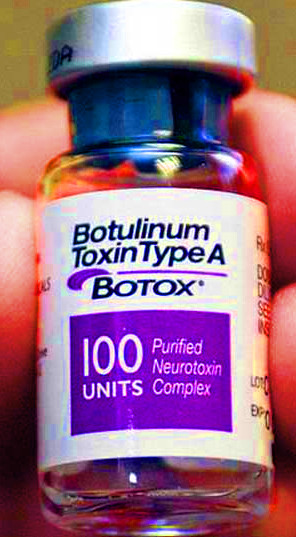Push for botox on PBS
 Experts suggest botox should be available through the PBS.
Experts suggest botox should be available through the PBS.
Botulinum toxin is the treatment of choice for patients with focal muscle spasticity following neurological conditions, such as traumatic brain injury, stroke, spinal cord injury, cerebral palsy or multiple sclerosis, but “a significant number of individuals” are excluded from treatment because of the current Pharmaceutical Benefits Scheme (PBS) guidelines, according to the authors of a new article in the Medical Journal of Australia.
Its authors, Dr Anupam Datta Gupta and Dr David Wilson from the Queen Elizabeth Hospital and University of Adelaide, say the current PBS guidelines do “not match newer understandings of human impairment and functioning captured by the World Health Organization International Classification of Functioning, Disability and Health (ICF) program”.
The experts say that “[the ICF program] recommends that impairment be measured not just at body level (spasticity) but also by the limit to activity and the restriction of participation in society.”
They note that the burden of spasticity is significant, economically and in terms of human dignity and functionality.
“The prevalence of lower limb spasticity is estimated to be 28–37 per cent in stroke, 41–69 per cent in multiple sclerosis, 19–92 per cent in cerebral palsy and 13 per cent in traumatic brain injury.
“This means that many people who would otherwise be mobile after stroke or brain injury or during a chronic illness such as Parkinson’s disease are incapacitated by spasms in the muscles of their ankles or feet, as well as shoulders or hands.”
In Australia, about 60,000 people experience stroke every year, “meaning that up to 22,000 people could lose mobility and independence because of painfully contorted feet and ankles”, and of about 70,000 people currently living with Parkinson’s disease, 10 per cent are estimated to have dystonic (curling) toes that impede walking, the authors write.
The current PBS indications for botulinum toxin are:
- dynamic equinus deformity due to spasticity in ambulant patients with cerebral palsy (aged 2–17 years) and in patients 18 years and over, if they commenced treatment as a child;
- upper limb spasticity in children with cerebral palsy (aged 2–17 years inclusive) and in patients 18 years and over, if they commenced treatment as a child; and
- moderate to severe (≥ 3 on the Modified Ashworth Scale) upper limb spasticity after stroke in adults (restricted to four doses per limb).
“Unfortunately, the PBS guidelines reflect outdated information about the treatment of spasticity in either the upper or lower limbs following stroke (and other neurological disorders),” the authors wrote, citing recent studies which convinced the United States Food and Drug Administration to approve the use of botulinum toxin in lower limbs during recovery from stroke.
“Individuals with spasticity are already disadvantaged by their condition; they should not be further disadvantaged by ignoring effective treatment options.”








 Print
Print